Alabama is a state with a long history, dating back 10,000 years BC, in both natural and human history. During the Civil Rights Movement, the state was also at the heart of numerous pivotal events. Many of this legacy is preserved in Alabama National Parks, which include a variety of protected areas that are well worth a visit!
The National Parks in Alabama provides a unique cross-section of natural wonders and historic sites, ranging from one of the nation’s longest rivers that run nearly entirely atop a mountain to the site where Andrew Jackson’s army forever terminated the power of the Creek Nation.
If you’ve been wondering which top national parks in Alabama you must visit, here are a few suggestions.
1. Little River Canyon National Preserve
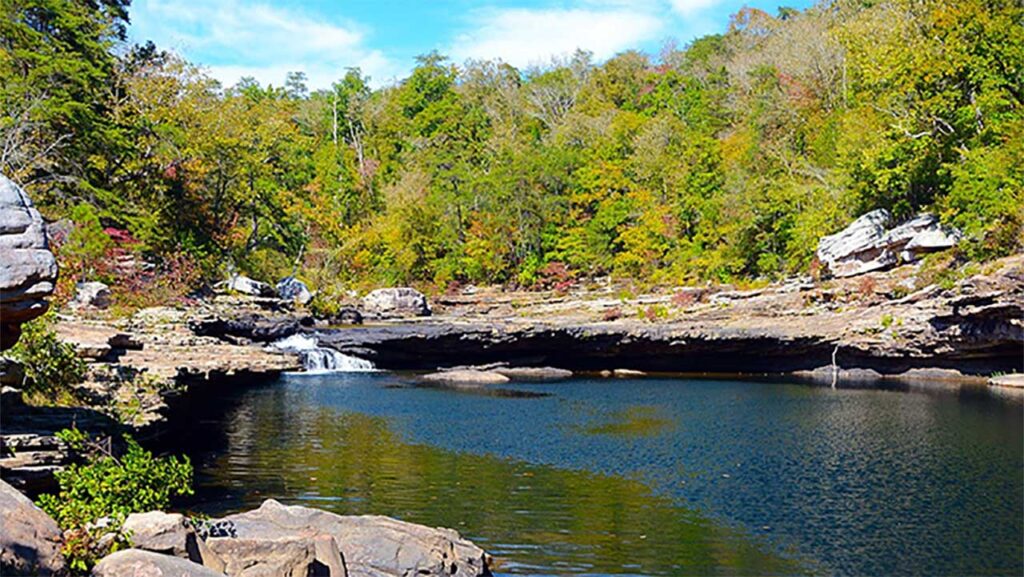
Little River Canyon National Preserve is a once-in-a-lifetime opportunity. You travel into the countryside and wind your way around a few hills to reach a cutting-edge facility. On our list, it is the first national park in Alabama you must visit. Jacksonville State University manages this location, the Little River Canyon Center.
Little River Canyon National Preserve, one of the state’s newest national parks, sits atop Lookout Mountain in Fort Payne and spans thousands of acres. The preserve protects the natural marvel known as the “Grand Canyon of the East,” which offers beautiful vistas of mountain landscapes, year-round waterfalls, uncommon flora and animals, and a whitewater river that should only be tried by experienced enthusiasts.
The canyon, which has carved up to 600 feet into the summit of Lookout Mountain over millions of years, is a popular spot for trips, sightseeing, photography, picnics, and other activities.
2. Russell Cave National Monument
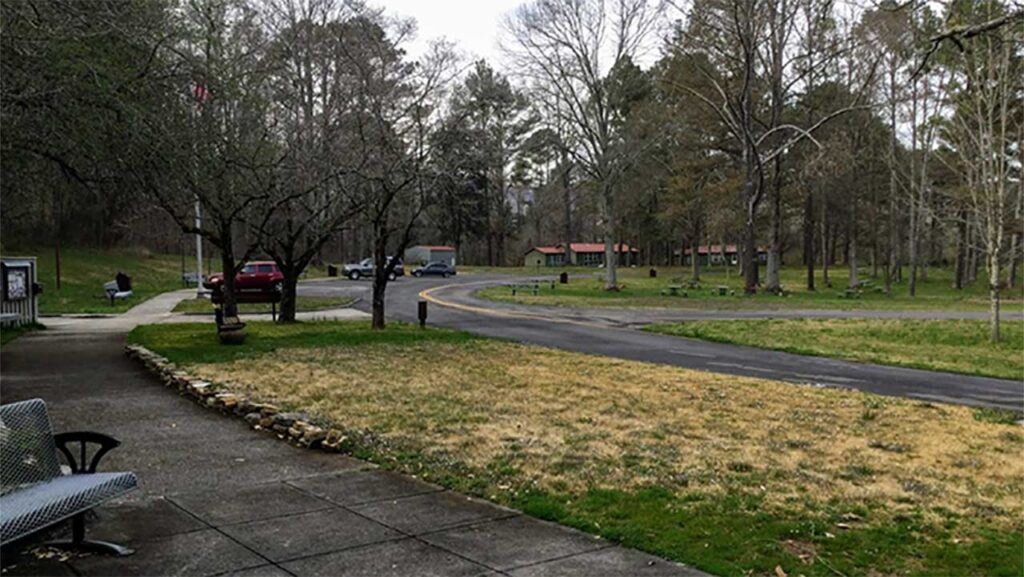
Russell Cave National Monument the second national park in our list, located in the far northeast corner of the state, protects a cave shelter that has been utilized by Native Americans for over 10,000 years. Archaeological studies at the cave have led some to assume it is the United States’ oldest cave shelter site.
The history of Alabama’s nomadic tribes and aboriginal peoples is preserved at Russell Cave National Monument, the national park in Alabama. This place retains thousands of years of human history in the region. The cave’s excavations weighed in the hundreds of tons, with pottery shards and other relics adorning the cave floor. The park Visitor Center has several relics on exhibit.
3. Horseshoe Bend National Military Park
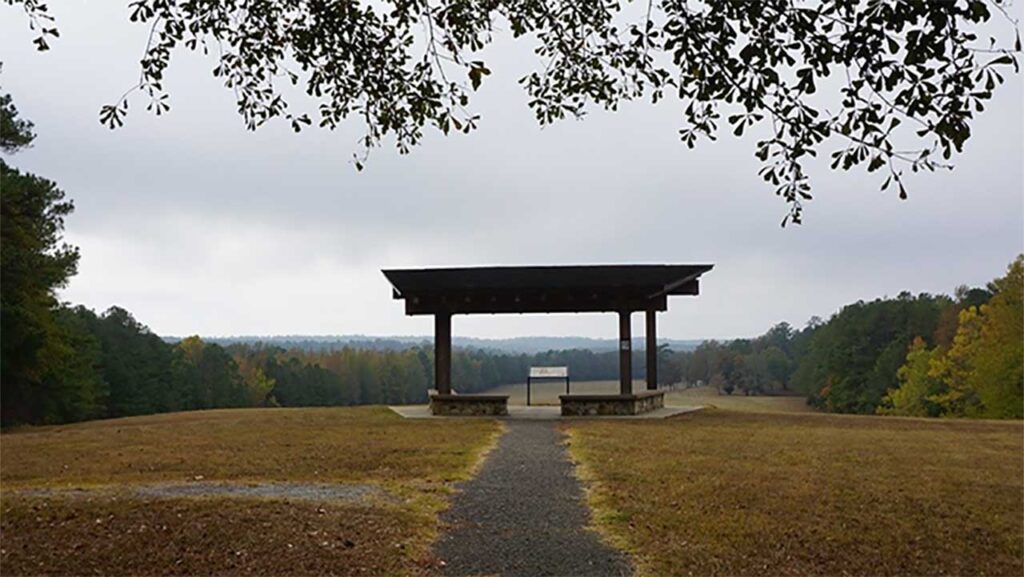
When you visit Horseshoe Bend National Military Location, you will learn about the importance of the site in one incident of the War of 1812’s history, as well as events that occurred in Alabama. The Creeks were American Indians who belonged to the “Red Stick” group, a portion of the country that revolted in the hopes of reviving native customs and lifestyles. At Horseshoe Bend, they truly battled to the death, with more than 500 people dying as Jackson attacked their positions.
This national park in Alabama includes an overlook, interpretive facilities, a battlefield tour road, and stunning scenery along the Tallapoosa River.
You might also want to know about the best hiking trails in Alabama.
4. Tuskegee Institute National Historic Site
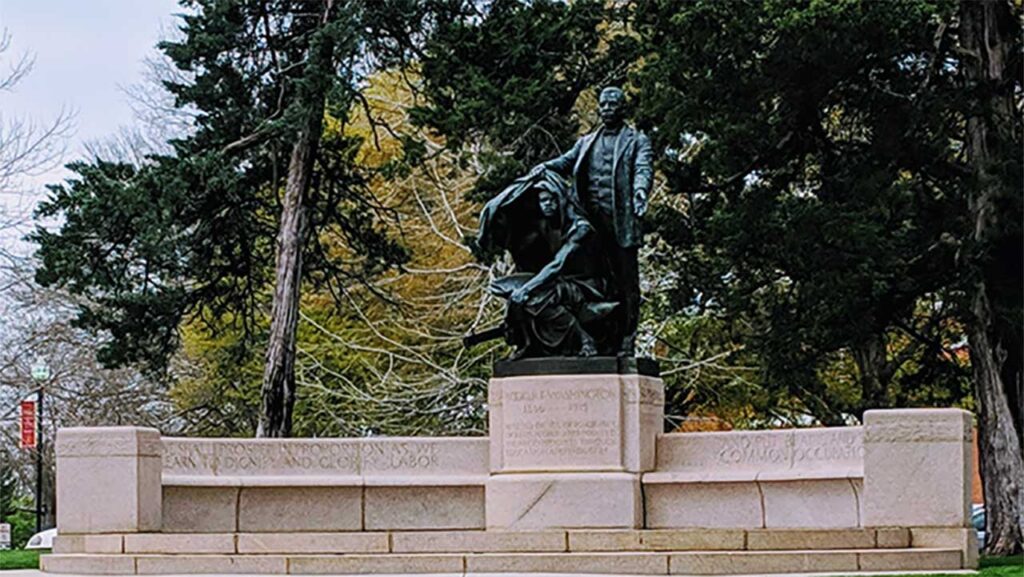
The fourth national park on our list is the Tuskegee Institute National Historic Site which is situated on Tuskegee University’s picturesque campus in Tuskegee, Alabama. During the Reconstruction Era, this property was home to the first Institute for transmitting information to African Americans in the South (following the Civil War).
The George Washington Carver Museum is located on the grounds, and it honours the scientist’s outstanding contributions to the development of several goods based on native flora and agricultural goods. The park also includes the historic Tuskegee Institute site and Booker T. Washington’s residence.
5. Tuskegee Airmen National Historic Site
Moton Field is home to the Tuskegee Airmen National Historic Site which is the fifth national park in Alabama on our list. This is one of the Tuskegee Airmen’s training facilities. The Tuskegee Airmen were African-American Air Force pilots who served the United States valiantly and honourably during World War II.
Despite numerous barriers (particularly in the Jim Crow south), these gallant men created history by becoming the first black aviators and serving the United States in the war overseas. Many of these pilots received their training at the neighbouring Tuskegee Institute. Over 1,000 soldiers received training here, paving the stage for complete African-American integration into the US military.
6. Birmingham Civil Rights National Monument

I’m thrilled that the Birmingham Civil Rights National Monument has been designated as a National Park Unit in Alabama. In January 2017, President Barack Obama designated this area as a National Park unit. The 16th Street Baptist Church, the Birmingham Civil Rights Institute, the A.G. Gaston Motel, and Kelly Ingram Park are just a few of the attractions around this park in downtown Birmingham.
If you like fishing, make sure to also check out the best fishing lakes in Alabama.
7. Freedom Riders National Monument
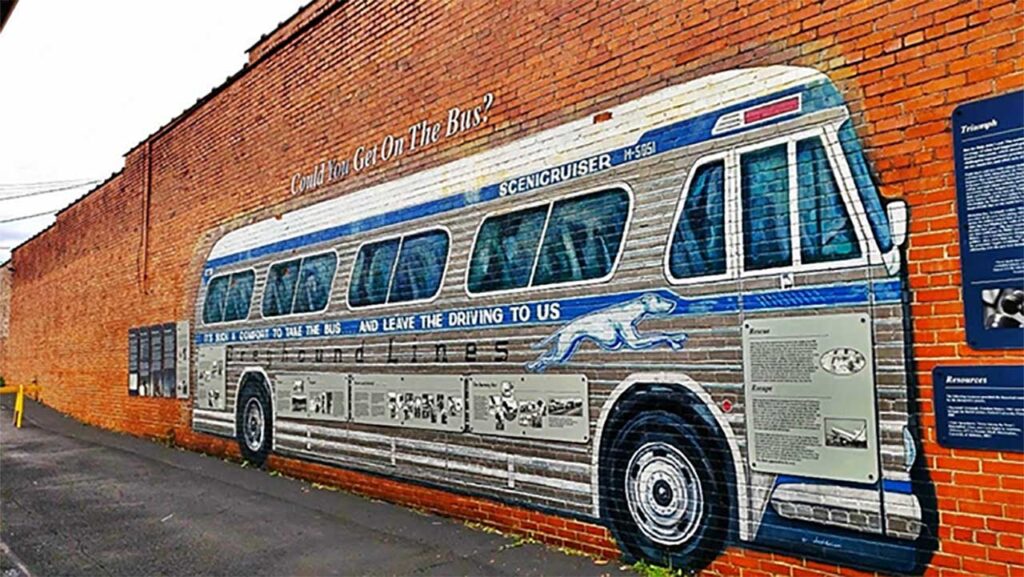
Another new National Park Unit is the Freedom Riders National Monument. During the tumultuous 1960s, an interracial group of nonviolent demonstrators known as the Freedom Riders rode integrated buses across the south to fight discriminatory policies in public transportation. This website was intended to convey the narrative of the Freedom Riders and what happened to them in 1960.
8. Natchez Trace Parkway
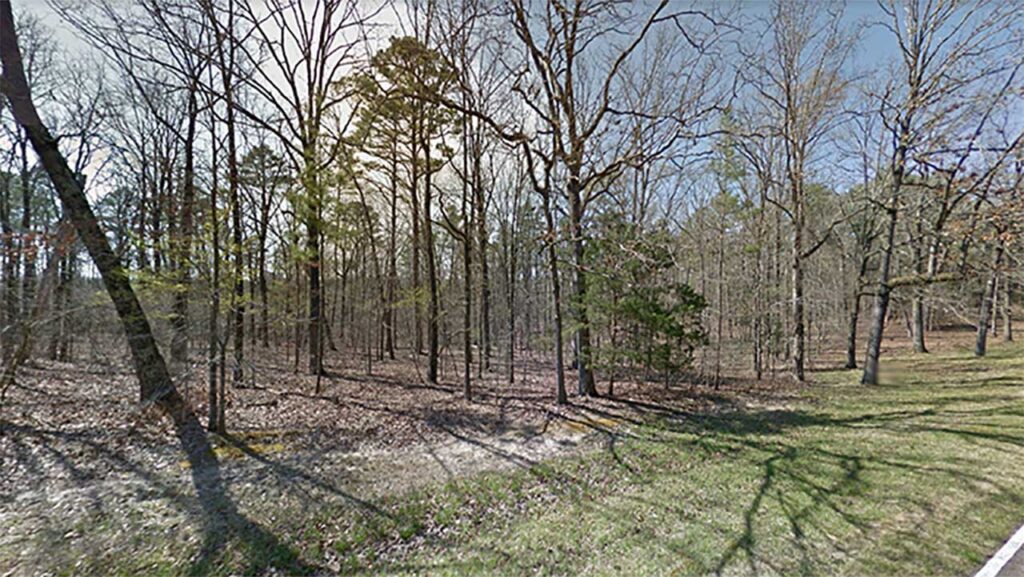
The Natchez Trace Parkway runs through three states and is a 444-mile recreational and beautiful journey. The “Old Natchez Trace,” a historic transit path utilized by American Indians, “Kaintucks,” European settlers, slave merchants, troops, and future presidents, is approximately followed. Along the parkway now, visitors may enjoy not just a picturesque drive but also hiking, bicycling, equestrian riding, and camping.
More than a picturesque drive, the Natchez Trace Parkway is a must-see destination. Explore the numerous leisure possibilities available along the road.
9. Natchez Trace National Scenic Trail
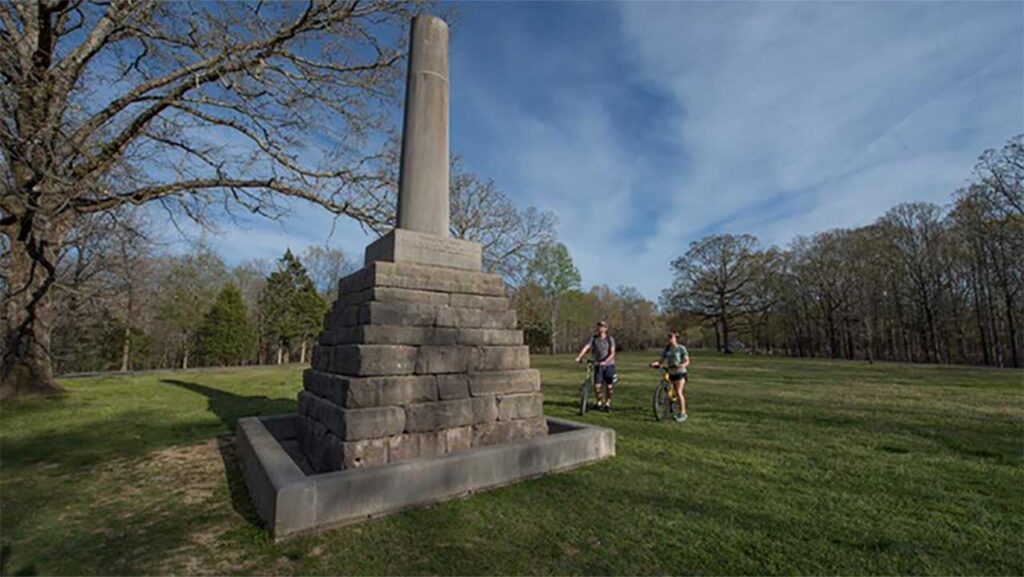
The Natchez Trace National Scenic Trail was created in 1983 as a part of the National Park and Trails Systems. It runs parallel to the Natchez Trace Parkway, allowing visitors to take in the sights and sounds of the Natchez Trace region.
Today, the Natchez Trace National Scenic Trail is divided into five parts, totalling more than 60 miles, for hiking and equestrian riding. Parts of the picturesque walk parallel the historic Old Natchez Trace. The picturesque path, like the Natchez Trace Parkway, is best appreciated at a leisurely pace. Take your time and you’ll be rewarded with the sights and sounds that many who came before you experienced.
Many places along the Natchez Trace Parkway provide access to the five established sections of the Natchez Trace National Scenic Trail. Below is detailed information on each trial part. When you’re on the path, keep an eye out for white blazes or brown and white markers.
10. Trail Of Tears National Historic Trail
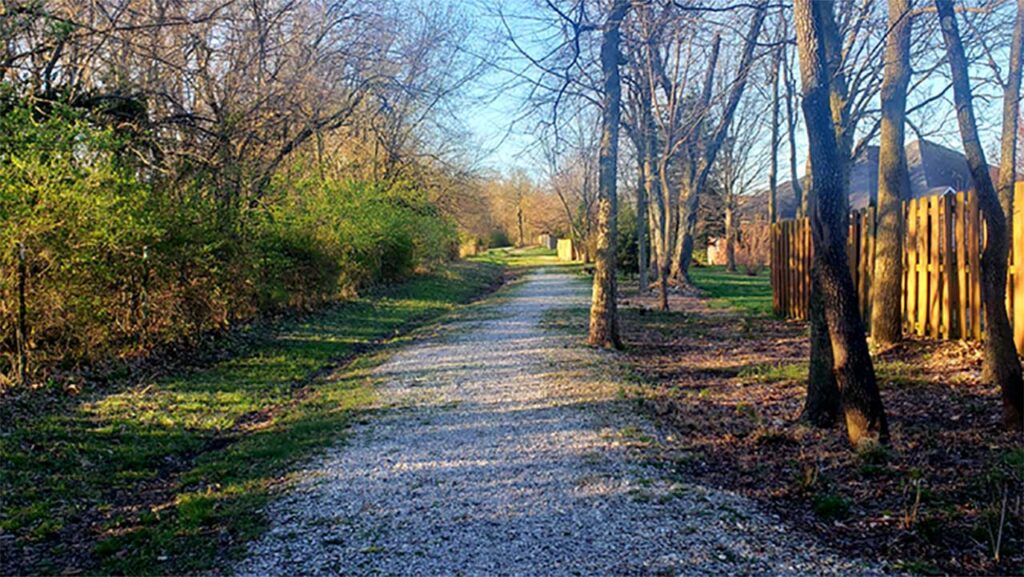
The Indian Removal Act, approved by Congress in 1830, forced several Indian tribes in today’s southeastern the United States to give up their territories in return for government land west of the Mississippi River. The Cherokee deportation process began in May 1838. More than 16,000 Cherokee Indians were forcibly removed from their homelands in Tennessee, Alabama, North Carolina, and Georgia by US Army troops and state militia.
Difficulties with those deployments, however, led to talks between Principal Chief John Ross and U.S. Army General Winfield Scott, and Scott issued an order later that summer appointing Ross as the commander of any future detachment deployments. Between August and December 1838, Ross managed the movement of fourteen detachments, the majority of which travelled via existing routes.
Remember and honour the Cherokee people, who were forcibly relocated from their ancestral homelands in Georgia, Alabama, and Tennessee to Indian Territory, now Oklahoma. In 1838-1839, they journeyed by foot, horse, wagon, or steamboat.
11. Horseshoe Bend National Military Park
The national parks of Alabama provide a wide range of historical experiences and lessons. The Creek War came to a conclusion with the Battle of Horseshoe Bend. It was there that the Tennessee militia under General Andrew Jackson decisively defeated the Upper Creek Red Stick Nation.
12. Little River Canyon National Reserve
What a wonder is Little River Canyon National Reserve. It is among the most magnificent landforms in this area.
The flat top of Lookout Mountain has a canyon etched into it. In some places, it descends more than 600 feet. It is the deepest canyon system in Alabama and one of the deepest east of the Mississippi River.
There is no admission fee to any of the National Parks in Alabama. The Civil Rights Institute in Birmingham is free to explore, however, you must pay to stamp your passport. It’s a fantastic location that I strongly urge you to see. Take advantage of your next opportunity to travel to Alabama! Take in the numerous magnificent and historic sights.
Read out these amazing articles too:

